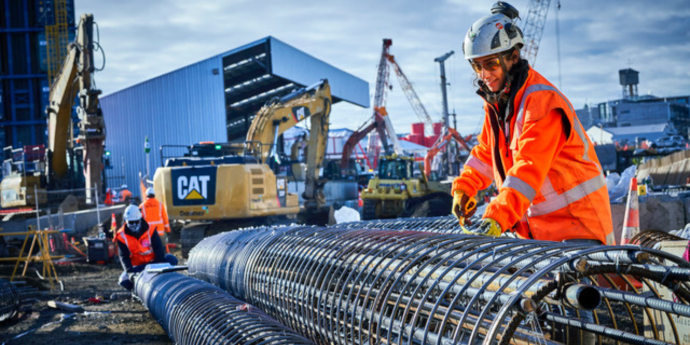Dentons
Breaches of AML/CFT laws results in serious consequences
AML settlements should prompt directors to consider whether their systems and processes are up to date or require review.

OPINION: Chris Alderson is a Chartered Member of IoD, registered HASANZ professional and Chartered Accountant. In association with the University of Otago, he is currently researching New Zealand Directors’ views on whether Health and Safety capacity can be measured and whether this would influence governance decisions.
Holding management to account for health and safety outcomes and performance has long been an established director requirement. Since 2015, directors have had specific officer duties placed on them under the Health and Safety at Work Act. These duties are not fundamentally dissimilar to duties related to financial management and reporting. In both cases, directors are required to understand the underlying activities of the organisation and to take steps to ensure that risks are being effectively managed.
There are long established and codified international methods of understanding financial risk, and the company’s ability to navigate uncertainty and volatility through the underlying strength of its balance sheet. The balance sheet represents both tangible and intangible assets that underpin the company’s future ability to carry on and generate returns.
Health and safety reporting at board level has been dominated by measurements of historical safety failures, which have often been used to benchmark against other organisations or industries to assess relative performance. One of the most popular measures of this type - injury frequency rates - are easily compiled and reported. But recent research has shown that they have little relationship to the prevention of future significant events. Even so, many international ESG reporting frameworks still recommend their use despite the known flaws in their accuracy and utility.
Similarly, investment in health and safety is typically only reflected in financial accounts as a cost and not seen as an ‘increase in firm value’ or capacity to prevent future expenditure associated with poor health and safety outcomes.
Investment in safety controls, policies, process, training and human capital is at best buried within other asset classes, making it difficult for directors to understand clearly whether there has been an appropriate level of investment, and reinvestment, to offset risk as far as reasonably practicable.
Research by Associate Professor Sharron O’Neill from the University of New South Wales suggests that various accounting practices, including the resource allocation and performance management decisions of accountants, financial controllers, chief financial officers, chief executive officers and directors “can contribute significantly to an increasing risk of WHS failure and the imposition of WHS due diligence obligations on those with oversight of the accounting function appears justified”.
If we look at health safety and wellbeing capacity as having an ability to successfully navigate the risk environment, how might it be better reflected by using methods similar to how other tangible, and intangible assets, are valued?
For instance, if it could be measured and included as an intangible asset (similar to human capital), would this increase governance effectiveness of health and safety?
Does knowing the inherent capacity for a company to avoid negative health and safety outcomes and capitalising on well-being benefits of workers mean that the company should now reflect a greater value in the market?
The purpose of this study is to examine if financial concepts can be used to represent the nature of firm Health Safety and Wellbeing (HSW) capacity. Chris Alderson is seeking directors' views on whether Health and Safety capacity can be measured, and whether this would influence governance decisions.
If you would like to be part of this research, please complete the attached survey and indicate your availability or interest for a follow-up interview.
The IoD supports this research and will report back on the research findings in due course.

Chris Alderson is the CEO of Construction Health and Safety New Zealand (CHASNZ). He is an experienced senior health and safety executive with over 30 years in business, both in New Zealand and offshore.
The views expressed in this article do not reflect the position of the IoD unless explicitly stated.
Contribute your perspectives and expertise on an area of governance to the IoD membership and governance community. Contact us mail@iod.org.nz